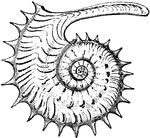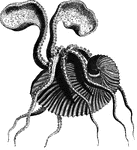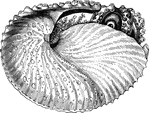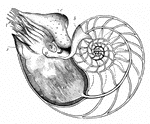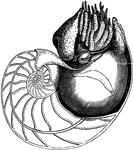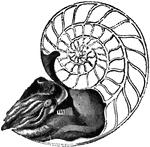Clipart tagged: ‘nautilus’

Argonaut
"A genus of cephalapodous mollusca, pretty generally known by the name of Paper Nautilus, and in consequence…
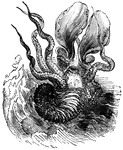
Greater Argonaut
The greater argonaut (Argonauta argo) is a cephalopod and a species of pelagic octopus also known as…

Nautilus
The name applied formerly to a large genus of mollusks. At present it is confined to only three existing…

Nautilus
A marine creature of the class Cephalopoda. They are found only in the western Pacific, inhabiting waters…

Female Nautilus without Shell
An illustration of a female nautilus without the shell. "m, The dorsal "hood" formed by the enlargement…

Female Nautilus without Shell
An illustration of a female nautilus without the shell. "c, points to the concave margin of the mantle-skirt…

Female Nautilus without Shell
An illustration of the postero-ventral view female nautilus without the shell. "a, Muscular band passing…
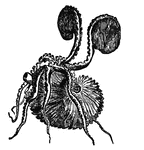
Paper Nautilus
The paper nautilus is closely related to the octopus. It creates its own thin shell, or egg case, in…

Paper Nautilus
The paper nautilus is closely related to the octopus. It creates its own thin shell, or egg case, in…
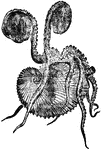
Paper Nautilus
"Argonauta argo, the "Paper Nautilus," female. The animal is represented in its shell, but the webbed…
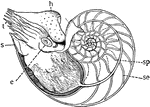
Pearly Nautilus
"Pearly Nautilus. e, eye; h, hood, a muscular portion of the foot which protects the softer parts; s,…
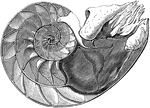
Pearly Nautilus
The Pearly Nautilus (Nautilus Pompilius) is the only living representative of a unique form of cephalopod,…
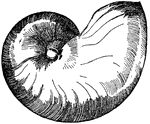
Nautilus Shell
The Nautilus Shell is a marine creature, it is shown in its natural form. It was usually placed on feet…
